The Aeronaut Law (Law No. 13,475/2017) came into effect in November 2017. However, some articles had a deadline of 30 months after the official publication of the Law to come into effect. This deadline expired last February 29th, when articles 12, 13, 20, paragraph 1 and paragraphs of article 21, and articles 29 and 30 of Law no. 13,475 came into effect, thus completely revoking the old law (Law no. 7,183/1984).
For private air service, the main change is the reduction in the daily workday for relay crews (from 20 to 18 hours). On the other hand, in this same mode, the flight hour limit increases from 15 to 16 hours.
Another requirement, which came into effect on February 29, 2020, is the Brazilian Aeronautical Regulation RBAC No. 117 of 2019, provided in art. 19 of the Aeronaut Law and dealing with the possibility of extrapolation and relaxation of the operational limits established by the Aeronaut Law based on a Human Fatigue Risk Management System (“SGRF”).
RBAC No. 117 brings the requirements for Human Fatigue Risk Management (“HRMR”) and disciplines the general and specific obligations that must be fulfilled by all air operators and crewmembers. The regulation is based on three levels: basic level, fatigue risk management, and fatigue risk management system.
On this subject, ANAC has already edited the Supplementary Instruction (“IS”) No 117-002, which deals with the Basic Level of Fatigue Management – NBIS nº 117-003, which deals with the Fatigue Risk Management – GRF and IS nº 117-004, which brings Guidelines for implementing a SGRF for operators who have a GRF accepted by the ANAC. For private operators intending to implement the SGRF, the Agency has prepared proposed IS No. 117-005, under review, which still requires final approval.
The Aeronautics Law and Labor Law teams at DDSA – De Luca, Derenusson e Schuttoff Advogados are available for further clarifications on the subject.
